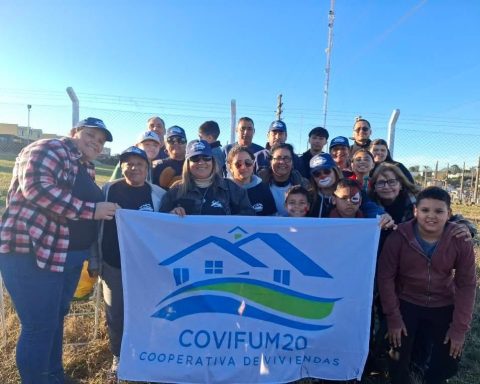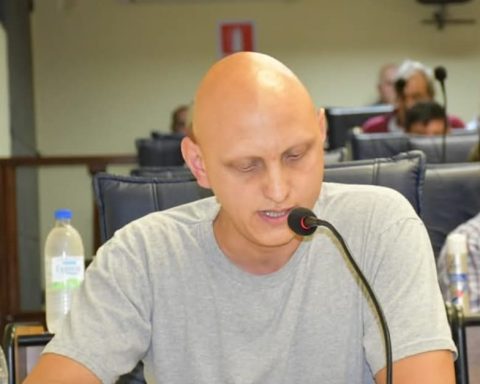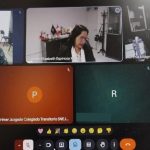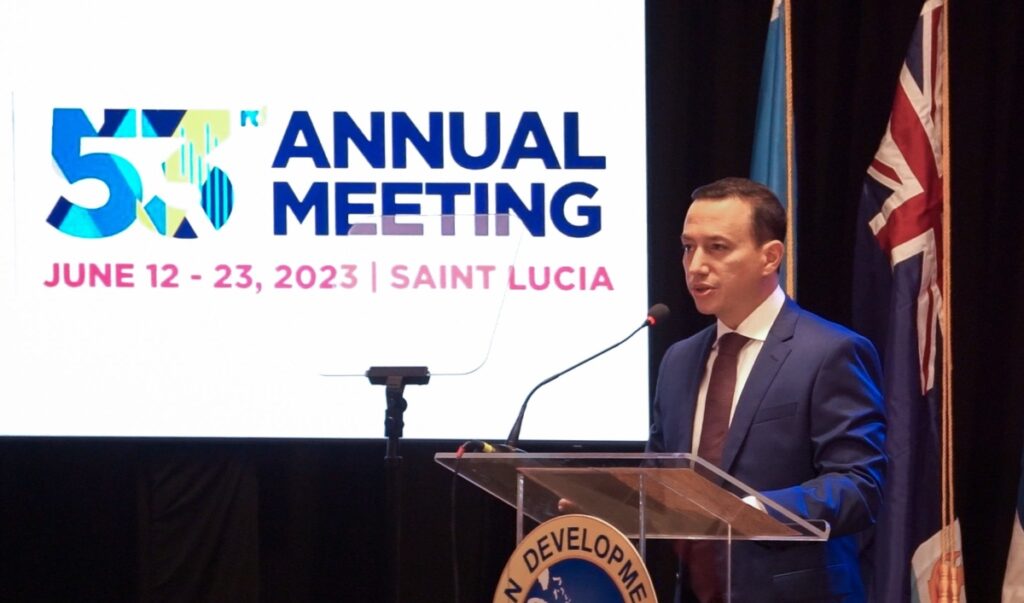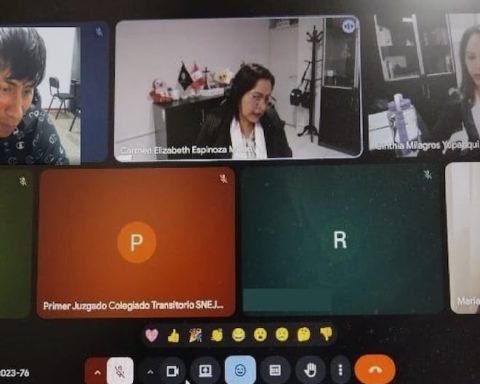The only state free zone that remains in the country is that of Nueva Palmira, the rest created in the last century, more precisely that of Montevideo and Colonia del Sacramento, became private.
With the emergence of private free trade zones, the country was painted with free trade companies.
100 years ago
But let’s go to the history of the 100 years of the law of free zones and the present, with the report that follows from Quatromanos.
The history of the sustained growth of the free zone system, whose execution has a positive impact on the whole of society, began on June 20, 1923 with an advanced initiative for the time. The first Law on Free Zones was replaced by others until reaching the current regulations, which have been in force since 1987.
The original proposals to establish a regime of free zones in the country arose during the first presidency of José Batlle y Ordóñez (1903-1907), when two technical missions were sent to Europe and the United States, with the purpose of studying the port regime.
From this analysis, initiatives were originated aimed at the establishment of free zones in Montevideo, Colonia, and Nueva Palmira, with the objective of promoting the establishment of commercial and industrial companies on the basis of customs extraterritoriality and the exoneration of the users of all kinds of taxes.
With Law No. 7,593 of June 20, 1923, the creation of free zones in the port area of Colonia and Nueva Palmira was approved, and the State was empowered to establish a third in Bella Unión. To stimulate trade and industry, the division and transformation of imported raw materials tax-free was allowed.
In this way, with the laying of the fundamental stone in Colonia in 1925, the public policy of free zones in Uruguay began to materialize.
In this territory, the development of operations of embarkation, disembarkation, transformation, improvement and classification of materials of foreign origin was allowed, free of customs duties and any internal tax.
The manufacturing and industrial establishments located in these areas benefited from a tax exemption. Meanwhile, raw materials imported from abroad could be freely re-exported, as well as products made there.
This regulation was replaced in December 1949 after the approval of Law No. 11,392, which established a regime of free zones and warehouses with extensive facilities, creating, like its predecessor, a restricted customs franchise of an essentially industrial nature, which sought to facilitate trade.
The latest regulations, which came with the approval of Law No. 15,921 in December 1987, innovated and facilitated investment, created private free zones and the contractual regime for users, far exceeding the results achieved with the previous legislation.
According to the report prepared by the Center for the Study of Economic and Social Reality (Ceres) based on data extracted from the last census of free zones of 2019 of the Ministry of Economy and Finance (MEF), until that year there were more than 1,000 companies authorized to operate in free territory, which directly employed more than 15,000 people, with an average remuneration that doubled that of extra-regime workers.

